Reporter Mick Peelo and director John Downes are the duo behind Beyond the Vanishing Triangle, a new two-part true-crime series on RTÉ One that looks at some of the most notorious cases of women who disappeared within a so-called 'Vanishing Triangle' throughout the 1990's. It examines how these cases were investigated and features interviews with their family members - watch Beyond the Vanishing Triangle here, via RTÉ Player.
Below, they explore the process behind the investigation of missing person cases in Ireland.
After our previous series Crimes and Confessions aired, we were approached with another intriguing proposition: Could we apply some of the same journalistic techniques and documentary storytelling tools to the cases of women who disappeared without trace in the 1990s in Ireland, in an area that became known as the Vanishing Triangle?
This was the initial idea for the series. Now we had to do the research and find out what stories to tell and why and how we should tell them. We confined our research to the 1990s when the term 'Vanishing Triangle' was first mooted. We began looking at cases where women disappeared without trace whose bodies were never recovered: Annie McCarrick (1993), Eva Brennan (1993), Imelda Keenan (1994), Jo Jo Dullard (1995), Fiona Pender (1996), Ciara Breen (1997), Fiona Sinnott (1998) and Deirdre Jacob (1998).Why are none of these cases solved today, almost 30 years later? Why do the families of these women have no closure?
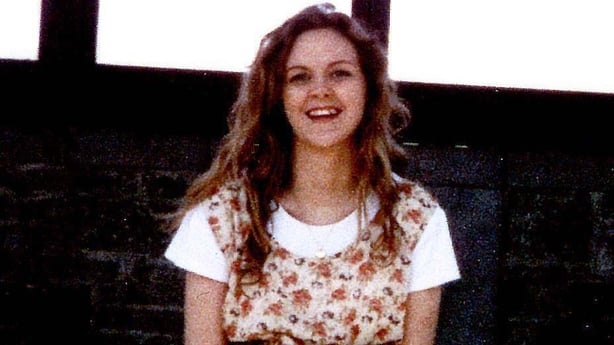
Family members were very anxious to talk and grateful to anyone who might publicise their case. But it quickly became obvious to us that missing person cases have their own unique impact on families. Murder cases, while tragic, at least bring closure to families who can bury their dead and grieve. In missing cases, the grieving is never ending. Although the circumstances of these disappearances were different, the same themes were emerging among the families: feelings of being left in the dark; looking for answers; not knowing how the Garda investigations are progressing; living with the belief that they know who is responsible and that person or persons are getting away with murder; living with so many unanswered questions. The families left behind became our primary focus. We felt that this series has to address their concerns and the common issues they raise. These families deserve more.
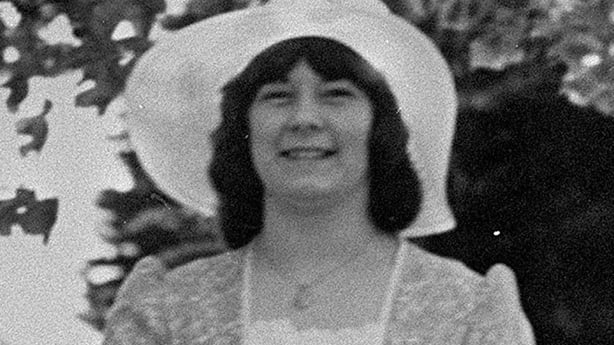
So why were these cases not solved? The next stage of our research was to talk to the investigating detectives. All of the detectives we spoke to have never forgotten the cases they worked on and regret that, despite all their efforts, they were unable to bring them to a successful conclusion. Their hearts still go out to the grieving families today. These detectives gave great insight into the difficulties they faced in a missing person case. With no body and no crime scene, there is no evidence that a crime has even been committed. Their powers of investigation are quite different to the powers they have in a murder inquiry. They cannot arrest or detain somebody when there is no proof that a felony has been committed. They cannot search a premises, a car, seek phone records etc without a warrant and it’s almost impossible to convince a judge to issue one when you have no proof that a crime has been committed.
If an adult is reported missing and there is no evidence to suggest foul play, the Gardaí have to allow some time to elapse before they will instigate an investigation. Adults are entitled to go missing. The first forty-eight hours are crucial in any murder inquiry because that’s when Gardaí can gather vital evidence to catch the perpetrator. In a missing case, it could be days, weeks or even years before Gardaí have assessed that the person was murdered, and this limits their ability to gather evidence to get a conviction. Gardaí upgraded most of these cases to full murder inquiries years after the women disappeared. One has to ask, was this far too late? Could vital clues have been missed because the cases were not initially investigated as potential murders?
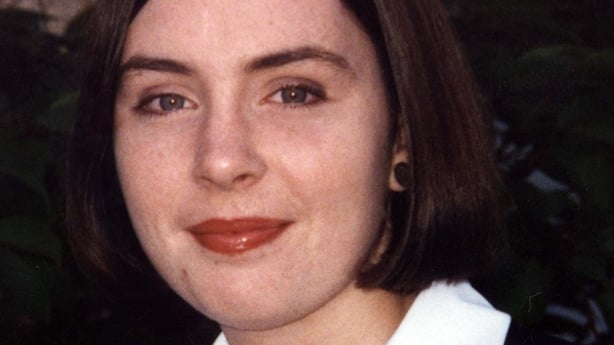
Also, detectives told us that while families may suspect someone, if that person has a solid alibi then there is nothing they can do. Their job is to gather enough evidence that will convince a judge and jury to convict the right person. The bar is high and needs to remain so to protect people’s rights.
Given the high number of unresolved missing women cases in the 1990s, maybe the way the Gardaí investigated them needs to change? Our research showed that it did change over the years and the most significant changes took place after Operation Trace was established in 1998 – This was a unit of detectives specifically tasked to see if there were any links and commonalities in six of the cases during the 1990s.Operation Trace reviewed the initial investigations and made recommendations to the local investigative teams. Episode 2 of the series goes more deeply into the work of Operation Trace.
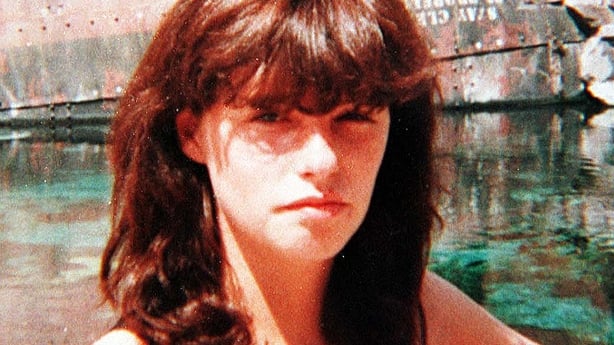
An historical overview of Garda investigations into missing women raised some interesting insights. Gardaí maintained statistics in relation to all reports of missing persons since the foundation of the State. These statistics reflect societal attitudes towards women at the time. While we didn’t go into this in the series, it nonetheless informed our work and the choice of cases to highlight in the series .In the past, missing person cases were dealt with by the local Gardaí where the case was reported. Up to very recently cases were categorised as Suspicious, Possible Suicide, Believed Drowned or Voluntary Leaving. The category had a direct bearing on the extent of any Garda follow up investigation. It was interesting to note that the first report of a female to go missing in Ireland whose body was never found was in 1949.Forty such women were reported missing between 1949 and 1977. None of these were categorised as ‘suspicious’. Many fell under the ‘voluntary leaving’ category. Many of these women were reported missing by their husbands. The first time a case of a missing woman was classified as ‘suspicious’ was in 1983.That all changed between 1993 and 1998 when 8 cases were categorised as ‘suspicious’ and most of these were the cases that were linked to the so-called Vanishing Triangle.
From our research, we understand that at least two of the cases we were looking at were categorised as ‘possible suicide’ – the cases of Eva Brennan and Imelda Keenan. Was this a fair categorisation? Did Gardaí ever discuss the implications of this with the families? Episode 2 deals in part with the fallout from this in the Imelda Keenan case.
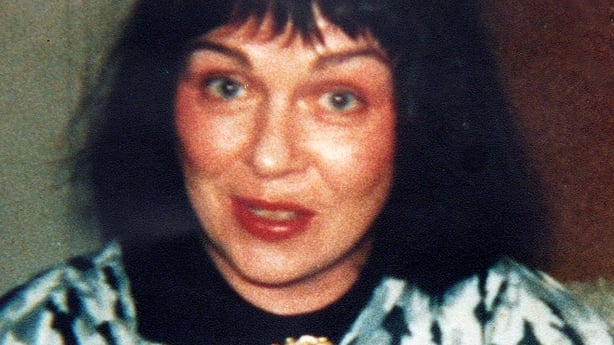
We understand that the Gardaí have changed the way they categorise missing person cases. Today, they treat these cases as if they were homicides. But why then do some cases still remain as missing person cases? Why does it depend on an elderly mother, like Mrs McCarrick, to plead with the Garda Commissioner to have the case of Annie’s disappearance upgraded to a full murder inquiry after 30 years? Should not all cases of missing persons be immediately escalated to murder inquiries and the appropriate legislation provided to enable Gardaí to carry out their investigations? If the first forty-eight hours are crucial, and there is no valid reason for the person to go missing, is it not better to suspect foul play and treat the case as murder rather than wait to see if the person will turn up years later when it is too late? Do the missing person and their families not deserve better?
Episode 2 of Missing: Beyond the Vanishing Triangle airs on Monday 15th May at 9.35 pm on RTÉ One and on the RTE Player.
IF YOU HAVE any information about a missing person please contact the Garda Confidential line on 1800 666 111 or the National Missing Persons Helpline - 1800 442552 or at www.missingpersons.ie

